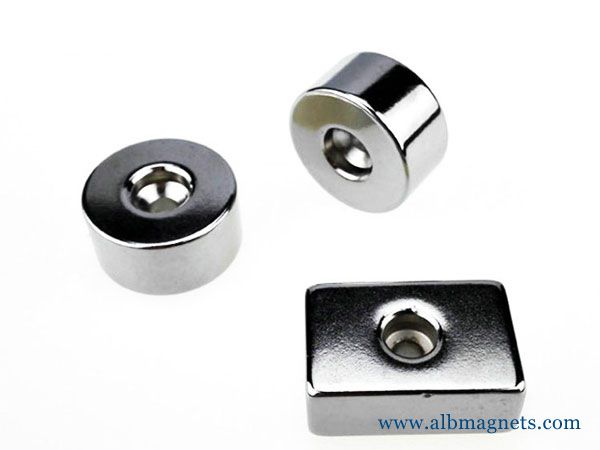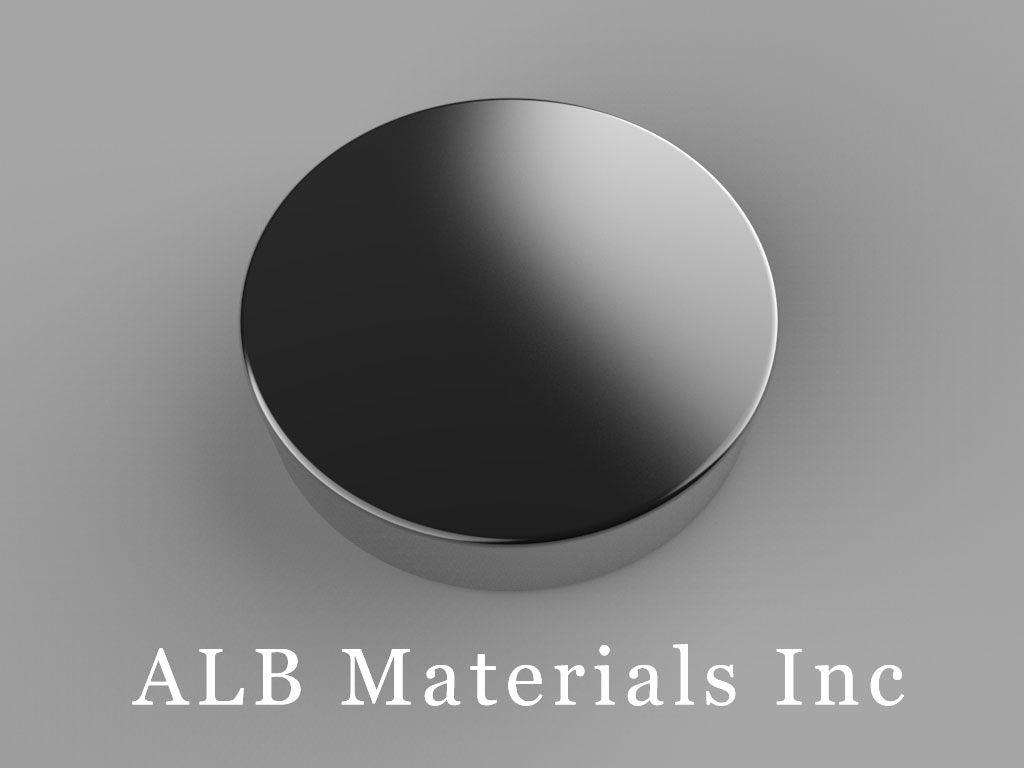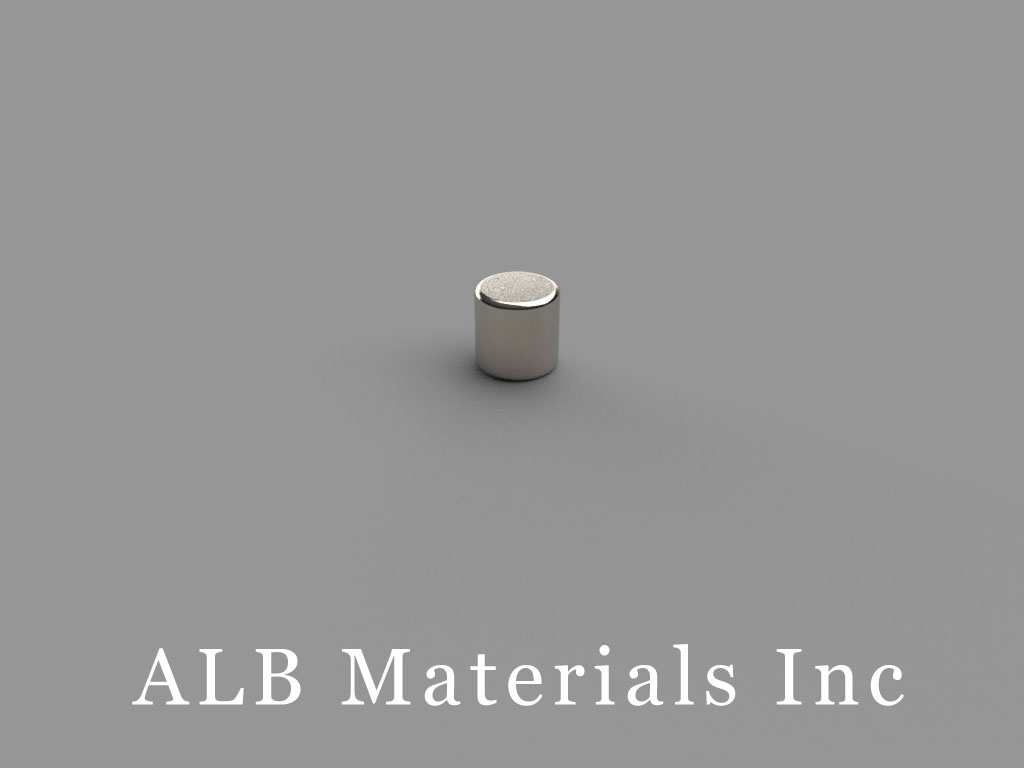401 Ryland St. Ste 200-A,
Reno, NV 89502
United States
E-mail: sales@albmaterials.com
- BX061 Neodymium Magnets, 1 inch x 3/8 inch x 1/16 inch thick
- B25x12x1.5mm Neodymium Magnet, 25 x 12 x 1.5mm Block Magnet
- MMR-A-ZC Rectangular Mounting Magnets
- BX0X04 Neodymium Magnets, 1 inch x 1 inch x 1/4 inch thick
- B80x20x2mm Neodymium Magnet, 80 x 20 x 2mm Block Magnet
- B888PC-AST Plastic Coated Neodymium Magnets
- B824 Neodymium Magnets, 1/2 inch x 1/8 inch x 1/4 inch thick
- MM-F-16 Magnetic Hooks
- D4X0-ND Neodymium Magnets, 1/4 inch dia. x 1 inch thick
- NSCX02 Steel Cups and Washers
- D-D12H5-N42 Neodymium Magnet, 12x5mm Disc Magnet
- DX0X0DIA Neodymium Magnets, 1 inch dia. x 1 inch thick
- D61AD-P Neodymium Magnets, 3/8 inch dia. x 1/16 inch thick with adhesive backing
- B882-N52 Neodymium Magnets, 1/2 inch x 1/2 inch x 1/8 inch thick
- DX8X4 Neodymium Magnets, 1 1/2 inch dia. x 1 1/4 inch thick
- BX882 Neodymium Magnets, 1 1/2 inch x 1/2 inch x 1/8 inch thick
Why Don't We Create A Permanent Magnet Of 1000 Tesla
Why don't we create a permanent magnet of 1000 Tesla
Why don't we create a permanent magnet of 1000 Tesla by combining and aligning the magnetic fields of 1000 small permanent magnets of 1 Tesla each?
James Garry said: "Stacking two magnets together simply makes a bigger magnet"
If I stack two magnetic dipoles atop, then the magnetic flux density will be twice as high, so it will be the B-field.
If aside - the same.
Max said:
>Electrons act as small magnets and many of them combined and their >magnetic fields aligned together produce a powerful magnet.
> Can't this be done macroscopically? Yes.
Just stack two flat magnets atop.
You could reach up to 0.5-1 Tesla when you stack a semi-infinite rod of Neodymium magnets.
If you make O-shape with slit - you'll get twice of that, up to 1-2 Tesla with the best magnets.
To go further, you would need to compress one magnet into the other, hoping that spins would come closer.
Normally, that does not work.
Though no-one could guarantee you won't get a better magnet by doing this.
There are phase transition etc and the whole universe of unknown things.
The problem is pressure.
We even do not know what is inside our own planet.
You might probably need to use neutron stars where gravity helps with pressure.
Not in your lab.
Why only 1-2 Tesla? Just calculate B field inside a lattice of, say, iron, putting, say, one spin per atom site...So have you got 1000Tesla? - No.
- This is the problem.
> Is my proposal viable?
Try it.
Demagnetisation is relatively simple effect.
It comes clear from an exercise of putting two aligned magnetic dipoles aside.
One can see that the magnetic flux B from the first dipole at a point of the second dipole is directed opposite the field of the second dipole.
Therefore, when the nature of dipoles is such that their dipole moment can only be induced by an external filed, and you even know how much of magnetic moment you get per unit B-filed for an individual dipole, you still cannot say so easily would it would be if two dipoles are aside because one acts on another in an aforementioned way reducing the external field and demagnetizing the second dipole.
The main problem is the magnetization, you should use a very high magnetic field in the order of the magnet to be built.
Also the problem is that the north pole repels each one (and also south one)
Perhaps if you use magnetized atoms and compress in a z-pinch the M=(1/V)*Sum(mi) said by Marcus would increase a lot the magnetization but you should maintain low temperatures and you should have it some microseconds.
Watch the Strongest Indoor Magnetic Field Blast Doors
The unexpectedly large 1,200-tesla boom could help researchers explore quantum physics and help in the quest for nuclear fusion
There’s a moment in any movie or cartoon featuring a mad scientist when they flip a switch or mix two chemicals and boom, their lab explodes and smoke billows out the windows and doors.
In reality, at least in the modern era, lab explosions are discouraged.
But a recent experiment with electromagnetism in Tokyo produced the strongest controlled magnetic field ever created, reports Samuel K.
Moore at IEEE Spectrum, powerful enough to blow open the blast doors of the laboratory.
The big bang came when researchers at the University of Tokyo pumped 3.2 megajoules of electricity into a specially designed coil to produce a massive magnetic field.
While the researchers were hoping that the field would reach 700 teslas, the unit used to measure magnetic flux density or informally, magnetic field strength.
Instead, the field reached 1,200 teslas.
That’s about 400 times stronger than the most powerful MRI machine, which produces three teslas.
The resulting explosion bent up the iron cupboard the device was enclosed in and blasted open the metal doors.
“I designed the iron housing to endure against about 700 T,” physicist Shojiro Takeyama, senior author of the study in the journal Review of Scientific Instruments, tells Moore.
“I didn’t expect it to be so high.
Next time, I’ll make it stronger.”
Luckily, the researchers themselves were tucked away in a control room, protected from the blast.
So, what were Takeyama and his colleagues doing letting off massive magnetic booms in the middle of Tokyo? Rafi Letzer at LiveScience explains that scientists have been pursuing increasingly larger controlled magnetic fields for several decades.
Takeyama has been trying to beat the 1,000-tesla level for the last 20 years, reaching the goal with this new device.
In essence, the electromagnet is a series of tubes consisting of a coil with a copper inner coil within it.
When massive amounts of electricity are run through the coils, the inner coil collapses in on itself at a rate of Mach 15, which is over 3 miles per second.
The magnetic field in the coil compresses tighter and tighter until it reaches incredibly high levels.
Then, in a fraction of a second, the whole thing collapses, resulting in the explosion.
With a little more engineering and some stronger doors, the team believes they could push their device to 1,800 teslas.
This was not the largest magnetic field ever generated by humans.
Some super-strong fields are produced by lasers, but are so small and short-lived they are difficult to study or use.
Takeyama tells Letzer that historically, American and Russian researchers have done some large-scale outdoor tests using high explosives packed around magnetic coils, producing fields up to 2,800 teslas.
But these, too, are imperfect.
“They cannot conduct these experiments in indoor laboratories, so they usually conduct everything in the outdoors, like Siberia in a field or somewhere in a very wide place at Los Alamos [New Mexico],” he says.
“And they try to make a scientific measurement, but because of these conditions, it's very hard to make precise measurements.”
The team’s tool, however, can be used in a controlled lab setting and produces a relatively large field, a little less than a nanometer, which is big enough to do some real science.
According to a press release, the goal is to produce a controlled magnetic field that could be used by physicists.
The hope is that the field can be controlled well enough that materials can be placed inside the tiny field so researchers can bring the electrons to their “quantum limit,” in which the particles are all in their ground state, revealing properties that researchers have yet to discover.
In that case, bigger is better.
“In general, the higher the field, the resolution of measurement becomes better and better,” Takeyama tells Moore at IEEE.
The other possible application—once they get the explosions worked out of the system—is used in fusion reactors, a type of energy-producing device in which plasma is held stable using a strong magnetic field as its hydrogen fuses, creating a reaction similar to that of the sun and producing almost limitless clean energy.
According to the release, researchers believe they need to be able to control a 1,000-tesla magnetic field to produce sustained nuclear fusion.
Part of the content in this article is reproduced from other media for the purpose of transmitting more information and does not mean that this website agrees with its views or confirms the authenticity of its content. It shall not bear direct responsibility and joint liability for the infringement of such works.
If there is any infringement, bad information, error correction, and other issues in the content of this page, please contact us at info@albmaterials.com
Link to this article: https://www.albmagnets.com/blog/why-dont-we-create-a-permanent-magnet-of-1000-tesla.html
How to choose and buy a strong neodymium magnet? ALBMagnets is a professional company for strong magnet design and manufacturing,
providing you with reliable N35, N38, N42, N52, N42SH and other grade super neodymium magnets and SmCo rare earth magnets.








